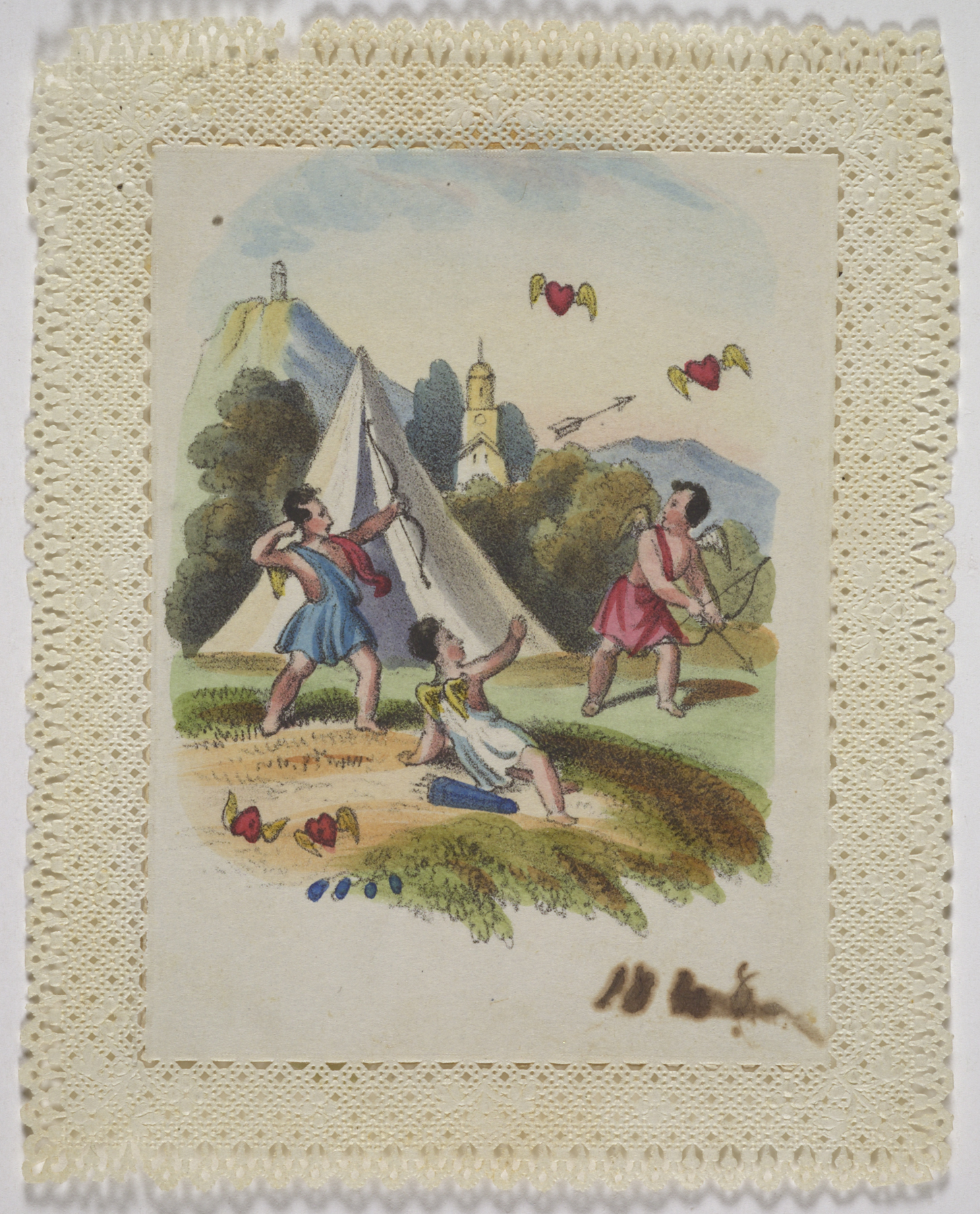Valentine card, unknown maker from England, United Kingdom
Artwork Overview
Valentine card
, mid-late 1800s
Where object was made: England, United Kingdom
Material/technique: lithograph; perforating; embossing; paper; hand coloring
Dimensions:
Object Height/Width (Height x Width): 110 x 88 mm
Object Height/Width (Height x Width): 4 5/16 x 3 7/16 in
Object Height/Width (Height x Width): 110 x 88 mm
Object Height/Width (Height x Width): 4 5/16 x 3 7/16 in
Credit line: William Bridges Thayer Memorial
Accession number: 1928.7111
Not on display
If you wish to reproduce this image, please submit an image request

